From Playing in a Creek to Planning Conservation
Environmental science studies turned Ayden Ehgotz’s passion into his profession
A children’s play net swooshes around a rainbow darter minnow in the rush of a rippling backyard creek. When it came to exploring his backyard, Ayden Ehgotz, CAS ’21, left no rock unturned. It wasn’t until after his environmental science studies that he began to add context to his childhood curiosities.
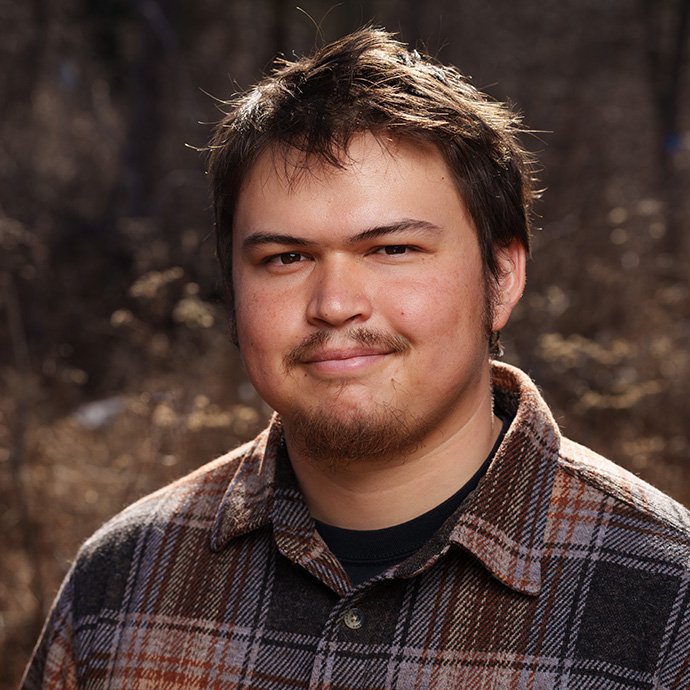 |
“Looking back, I know it was actually a very high-quality creek because rainbow darters only like pretty clean cool water, but at the time I just thought it was a cool fish,” Ehgotz says. “I feel pretty lucky that I had that growing up, even if I didn’t know what I was looking at yet.”
A seed for conservation was planted early on in Ehgotz that spanned into a deep-rooted calling. His mother studied landscape architecture and botany, while his father cared for their country homestead, always cutting invasive species out. Their “enjoyment” amounted to “many memories” that pushed Ehgotz onto a conservationist path.
“It’s something I always thought of and something I knew I wanted to do, but I didn’t really know if it was possible professionally,” Ehgotz says. “It’s a super competitive field, and a lot of people have the passion, so I knew it’d be hard to stand out.”
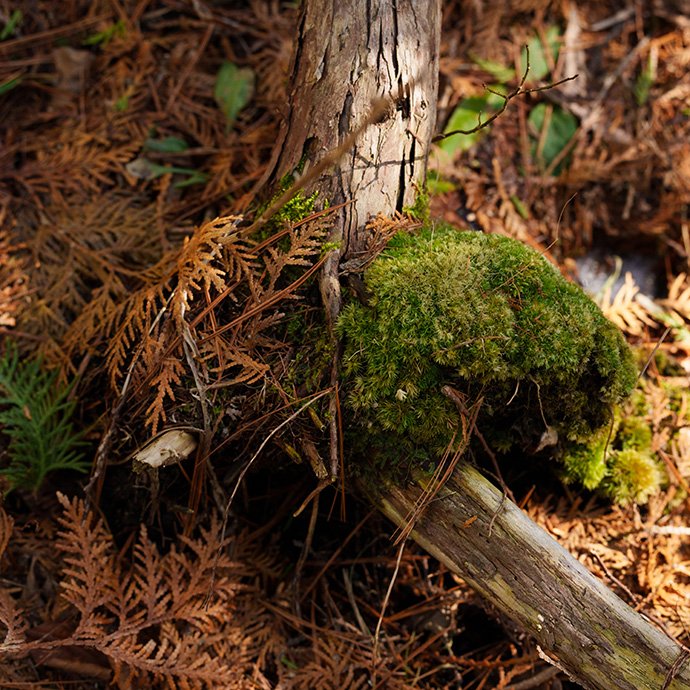 |
Ehgotz enrolled at Oakland University to major in environmental science, with a focus on natural resource management, and minor in urban agriculture and agroecology. “It’s a tight-knit program,” he explains. “So much so that when you switched classes, it was really just the same group moving to a new space and topic.” This environment encouraged Ehgotz to build connections throughout the classroom; another environmental science major, Joe Young, CAS ’21, became one of the volunteers Ehgotz works with in his current conservation position.
Professor Scott Tiegs, Ph.D., was another influence on Ehgotz, inviting him to explore field and lab work, which solidified his passion for being in nature. “We did ecology studies [in OU’s nature preserve], and it was great to be able to just walk out, throw waders into the creek and do insect sampling out in the field,” Ehgotz says. “Some of those techniques could be performed in a lab with a preserved specimen, but learning it in the field solidified what I wanted to do.”
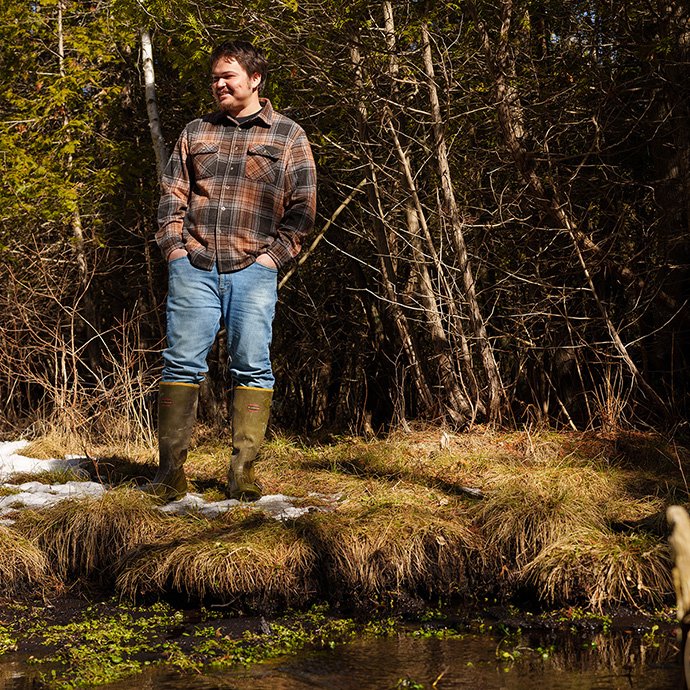 |
Trying to get his feet in the water after graduating, Ehgotz reached out to a local nonprofit, the Michigan Nature Association (MNA), which happened to manage a preserve down the road from his childhood home. The MNA strives to protect rare and endangered species and ecosystems in Michigan. Ehgotz truly returned to his roots, caring for the nature he grew up around through MNA, jumping in headfirst and volunteering at a prescribed burn on his first day.
Building his community and furthering local conservation led Ehgotz to his current position as a regional land manager and volunteer coordinator for the land trust, MNA. He’s focusing on the ecological and recreational management for nature sanctuaries in the Eastern Lower Peninsula. Ranging from small prairie remnants to massive blocks of forest, he manages roughly 50 unique areas.
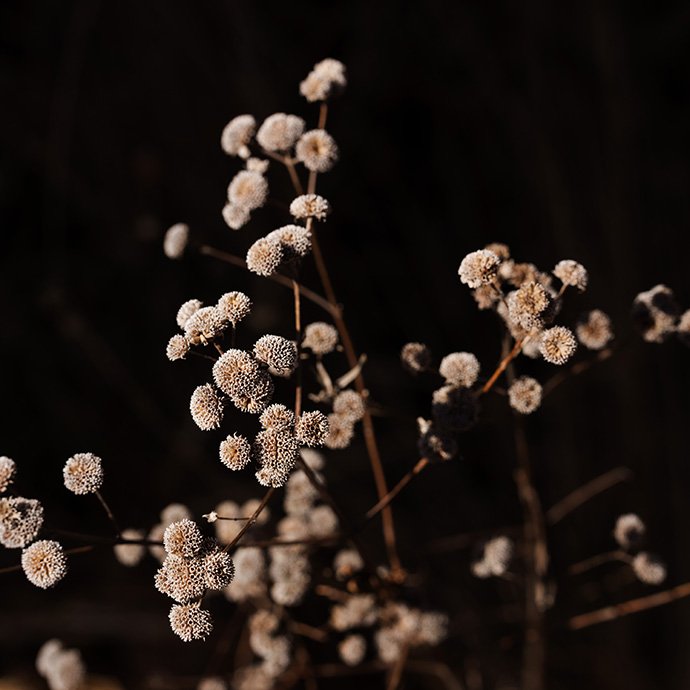 |
“When we think of Michigan and its nature, everyone’s mind usually goes to the Upper Peninsula (UP), and it is incredible, but we have so much down here that’s also worth protecting too,” Ehgotz says.
The Poweshiek skipperling butterfly flourished throughout the Midwest, even noticed as a common insect. Today, this prairie butterfly is endangered, only remaining in Oakland County and one other area in Canada. “These butterflies are just a couple miles away, and people should know about them,” Ehgotz explains. “It’s important that people understand Oakland County is also worth trying to protect.”
In another instance, Ehgotz and his team honed in on the dwindling prairie fringed orchid from the Saginaw Bay area, noting only around 20 found a couple years ago, but MNA’s work led to a breakthrough. Through hand pollination and protective cages around the plants, Ehgotz found 130 flowering the following year. “These species are sensitive, but they’re also resilient,” he emphasizes. “That gives me some hope.”
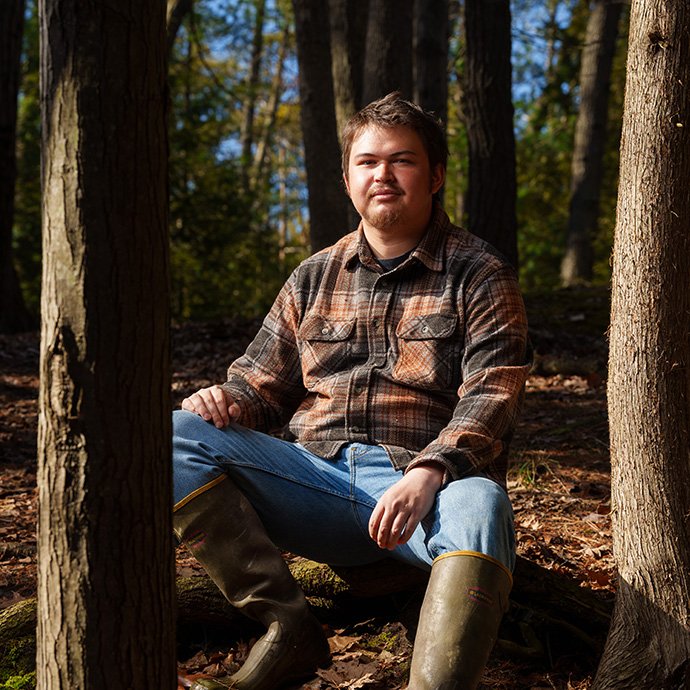 |
The MNA is always welcoming new volunteers and support, but Ehgotz also implores that people simply take the time to learn about Michigan nature and appreciate local surroundings.
“Michigan is really special because we have quite a few species that have shrunk in range, but their last stronghold remains in Michigan,” Ehgotz says. “Those remnants say a lot about Michigan’s history. It’s already ingrained into our culture.”
More Like This: |

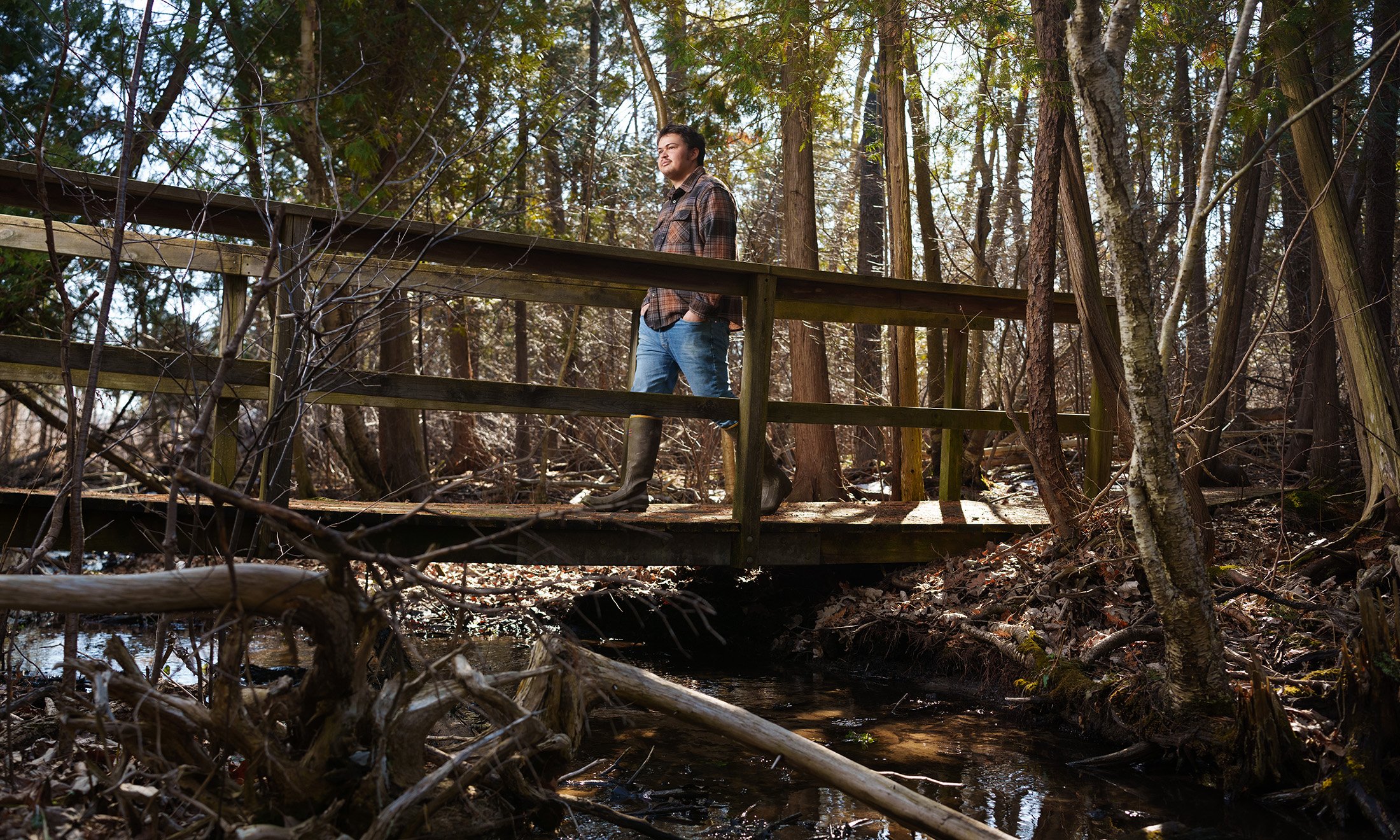
 April 02, 2025
April 02, 2025
 By Emily Morris
By Emily Morris






